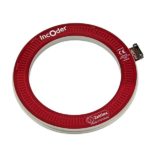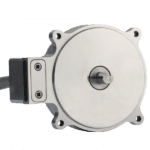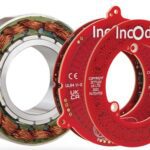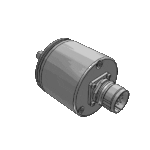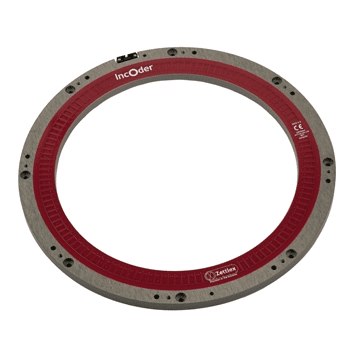
Zettlex/Celera Motion
Zettlex Max
Part no.: Zettlex Max
Key Features
• Largest through-hollow sizes available, 300mm +
• Interfaces: SSI, SPI, BiSS-C
• Up to 22 bit resolution
• Ultra high shock and vibration options
Zettlex IncOders are non-contact devices for precise angle measurement. They use an inductive technique, similar to that used by electrical transformers. IncOders are well suited to harsh environments-where potentiometers, optical or capacitive devices might be unreliable. IncOders have two main parts each shaped like a flat ring: a Stator and a Rotor. The Stator is powered and measures the angular position of the passive Rotor. A big bore and low axial height allows easy integration with through-shafts, slip-rings, direct drivemotors, optical-fibres, pipes or cables.
"*" indicates required fields
